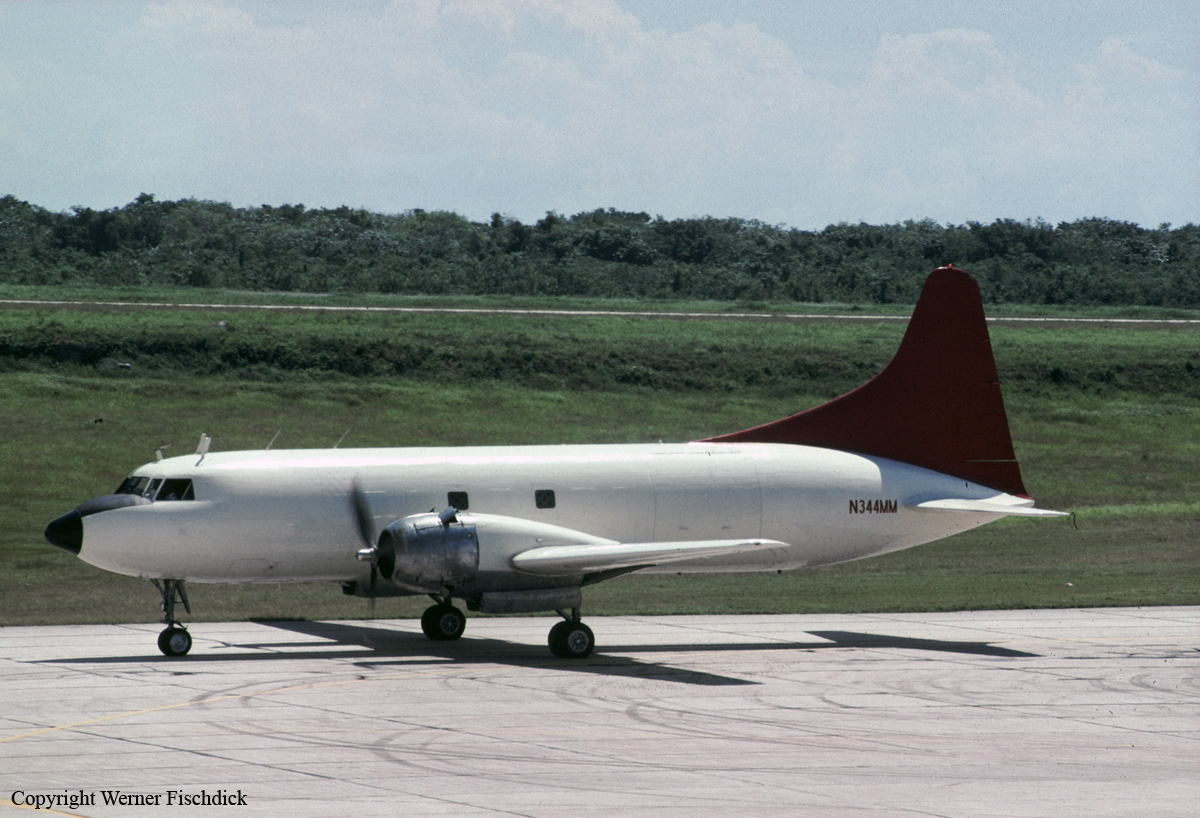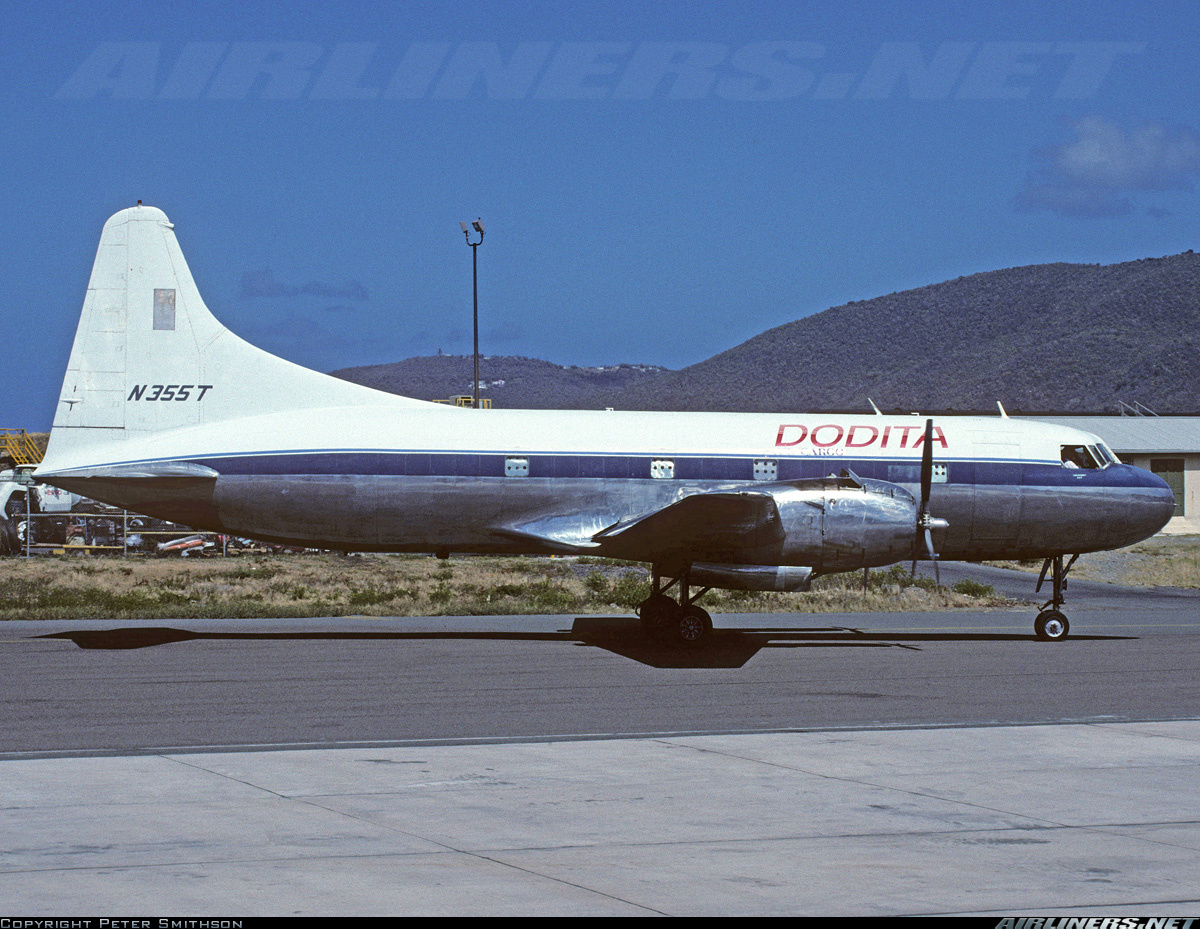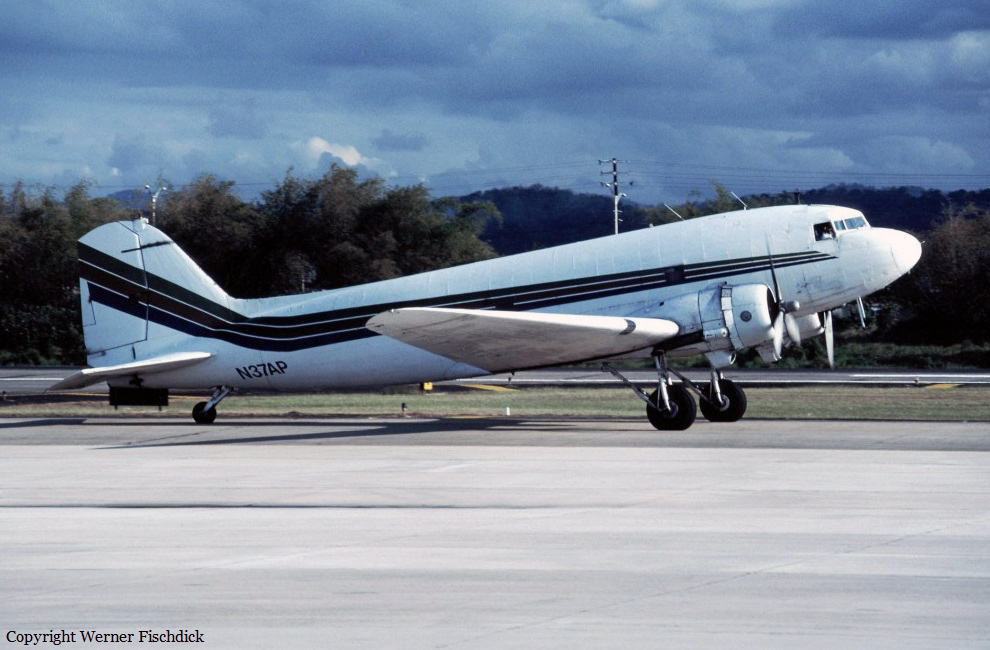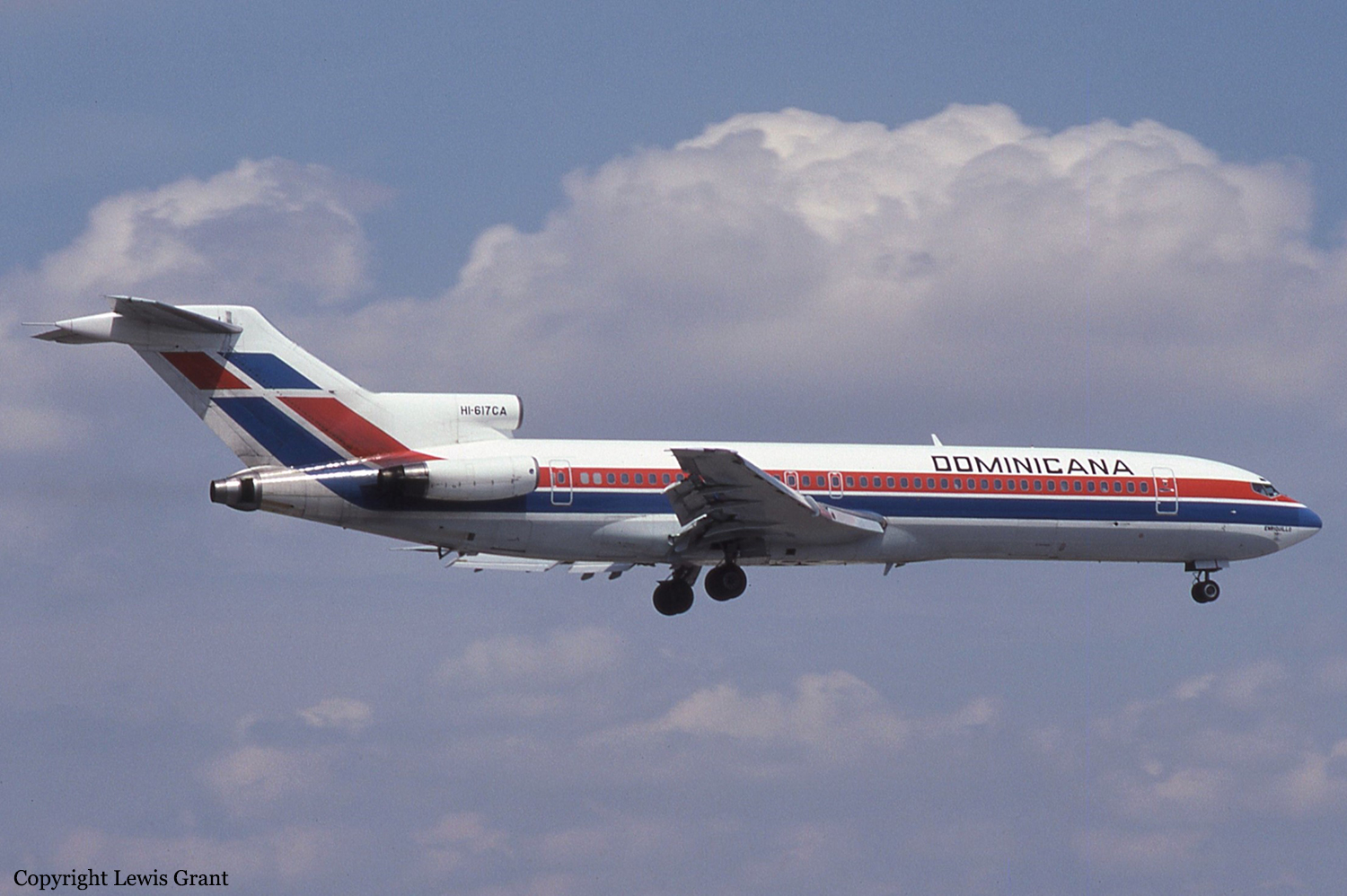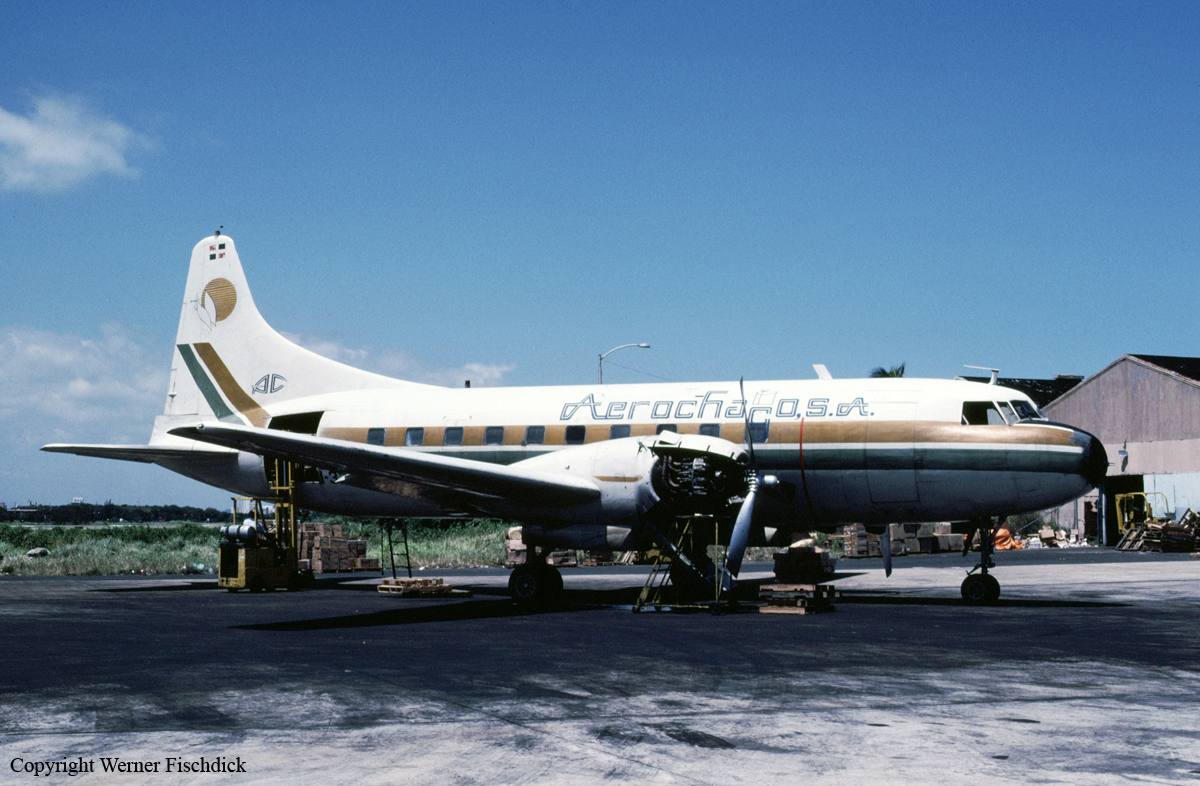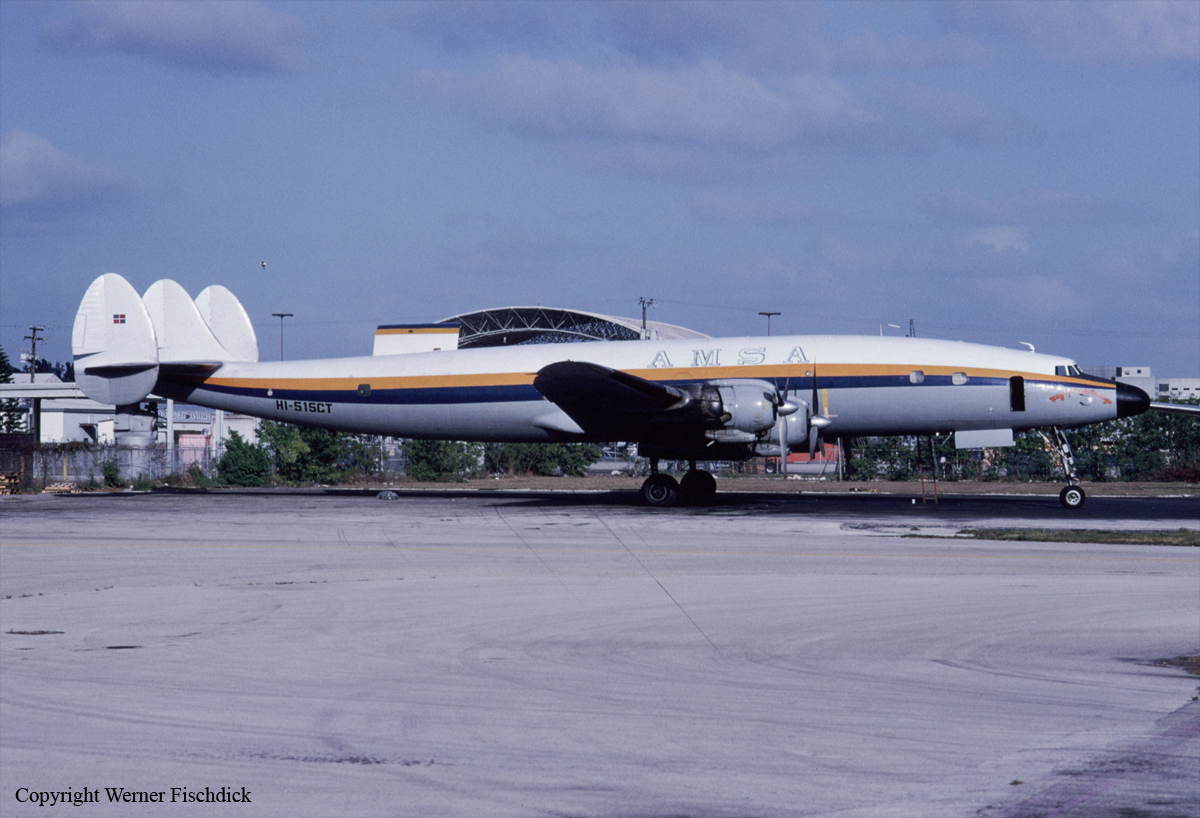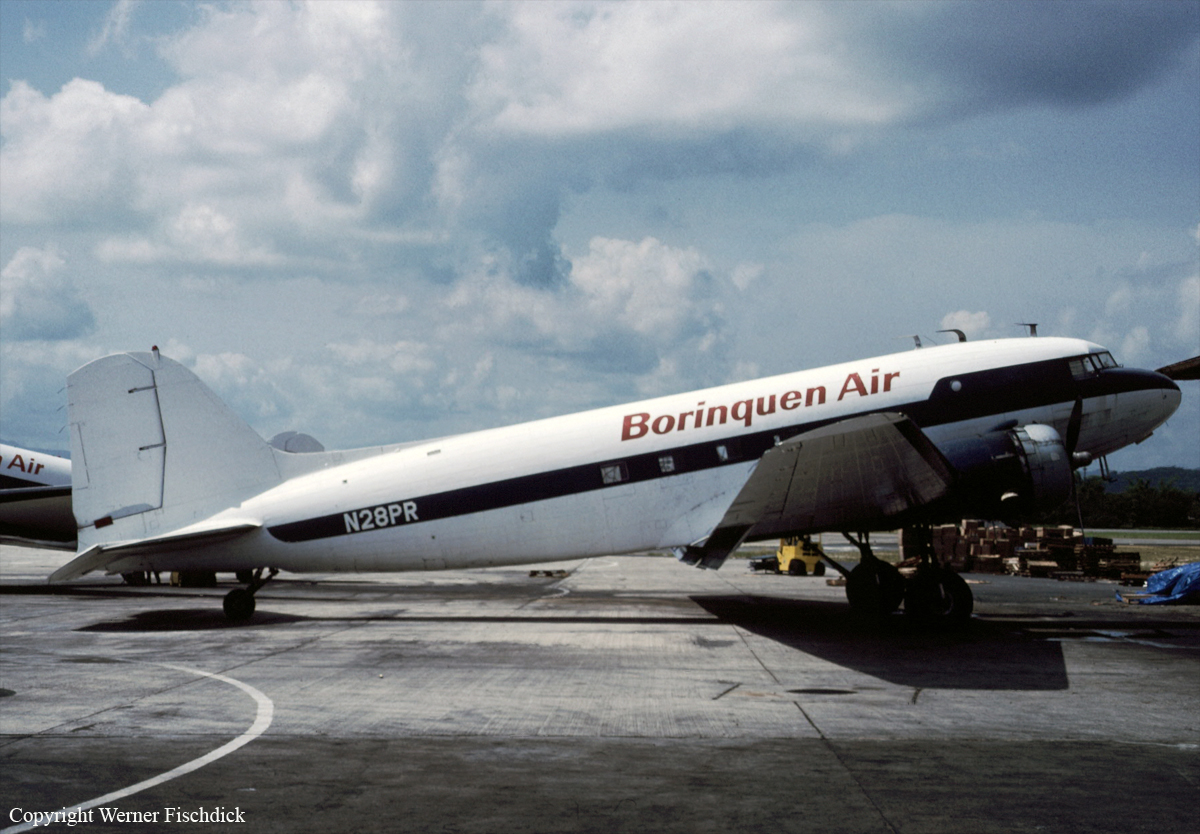Crash of a Convair CV-240-53 in San Juan
Date & Time:
Jun 30, 1997 at 0745 LT
Registration:
N344MM
Survivors:
Yes
Schedule:
San Juan - Santo Domingo
MSN:
53-26
YOM:
1954
Crew on board:
2
Crew fatalities:
Pax on board:
1
Pax fatalities:
Other fatalities:
Total fatalities:
0
Captain / Total hours on type:
6970.00
Aircraft flight hours:
24793
Circumstances:
After departing from runway 08, the airplane climbed to 400 feet above ground level (agl) where the left engine lost power. After confirming a loss of power, the pilot feathered the left propeller, and called for maximum 'dry' thrust on the right engine. Wet power was available which would have provided 450 additional horsepower, however, the pilot elected not to use it. The airplane was unable to maintain altitude, collided with a palm tree, and came to rest on the beach in the surf line. The reason for the left engine malfunction was not determined due to salt water damage. The airplane was 600 pounds over maximum weight.
Probable cause:
A loss of engine power for undetermined reasons, the pilot's improper emergency procedure after the power loss, and the overloading of the airplane, resulting in an inability to maintain altitude and terrain clearance.
Final Report:
